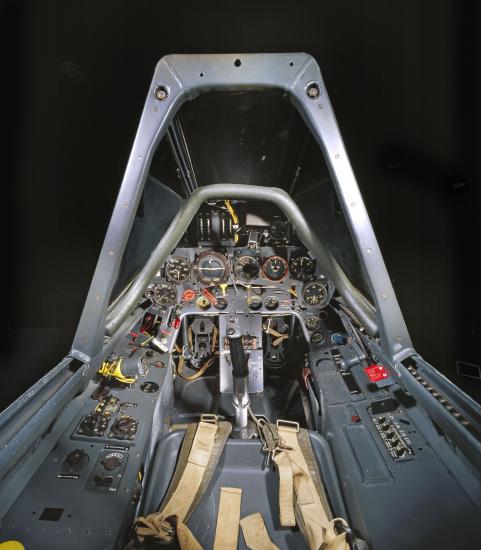
Butcher Bird: The Focke-Wulf Fw190 F-8
-
Steven F. Udvar-Hazy Center in Chantilly, VA
Free, Parking $15
The%20Ask%20An%20Expert%20lecture%20series%20at%20the%20Steven%20F%2E%20Udvar%2DHazy%20Center%20is%20presented%20every%26nbsp%3B2nd%20and%204th%26nbsp%3BThursday%26nbsp%3Bat%2012%3A30%20PM%2E%20A%20Museum%20staff%20member%20talks%20to%20the%20public%20about%20the%20history%2C%20collection%2C%20or%20personalities%20related%20to%20a%20specific%20artifact%20or%20exhibition%20in%20the%20Museum%2E%20
1
We rely on the generous support of donors, sponsors, members, and other benefactors to share the history and impact of aviation and spaceflight, educate the public, and inspire future generations. With your help, we can continue to preserve and safeguard the world’s most comprehensive collection of artifacts representing the great achievements of flight and space exploration.

